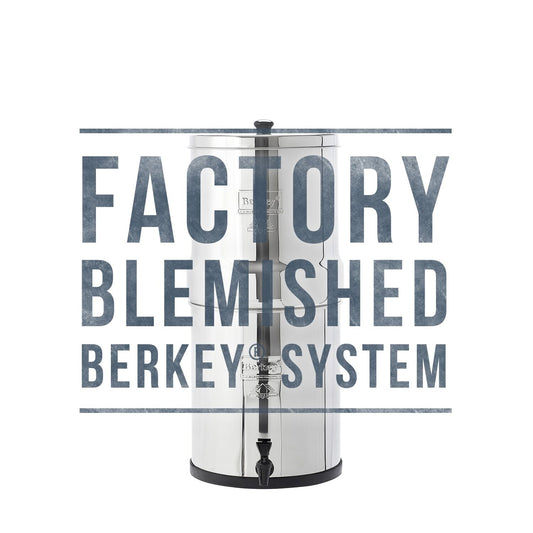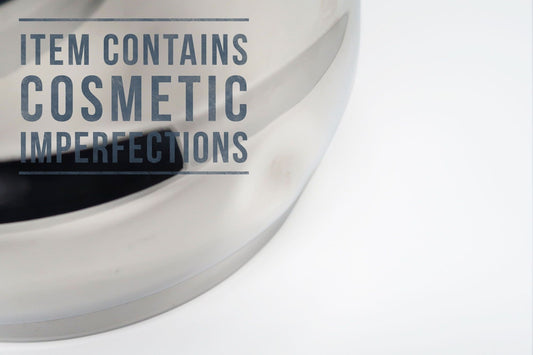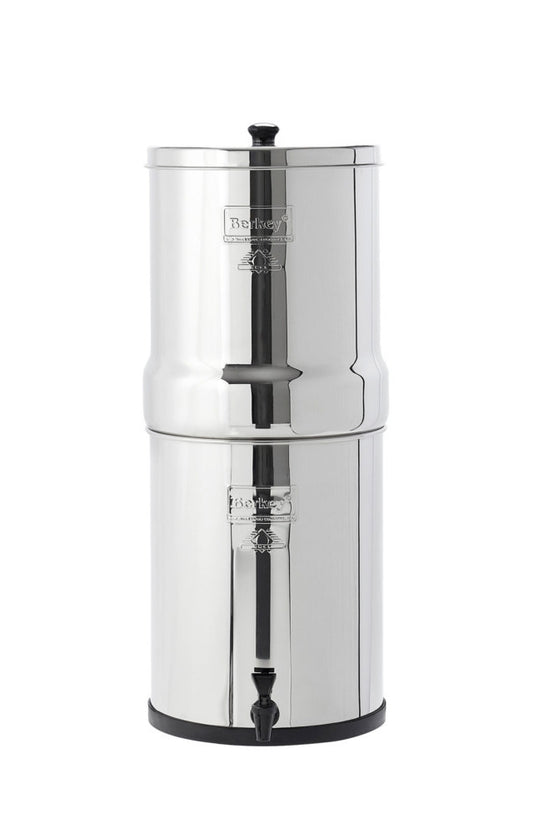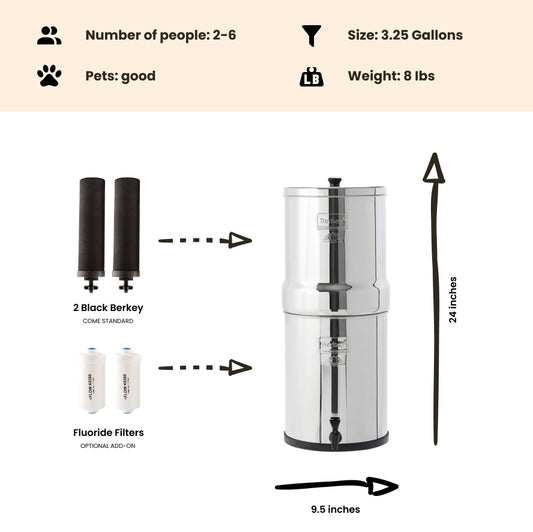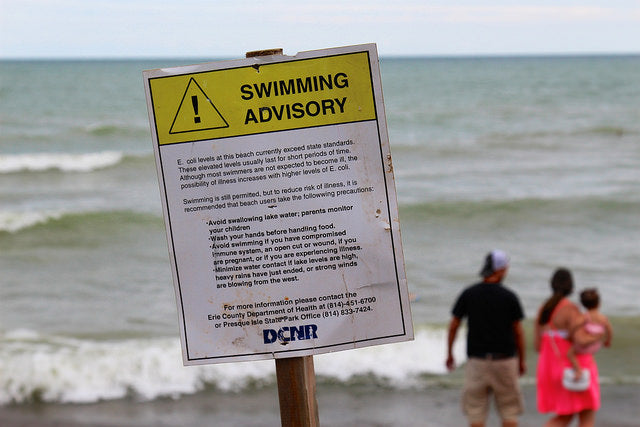
Improving the way in which Water Quality of Recreational Waterbodies is Measured and Monitored
By Dan DeBaunShare
Currently, the standard method used to determine water quality is to measure the concentration of fecal bacteria, known as enterococci. Now, a new study which was recently published in the American Society for Microbiology's journal Applied and Environmental Microbiology, has shown that the concentration of these bacterial communities are largely influenced by the amount of mammalian feces present in water as well as the number of enterococci that attach themselves onto particulate matter floating on the surface.
"We also found that ecosystem specific characteristics, such as freshwater sediment and freshwater transport to the estuary are important influences on enterococci concentrations in coastal recreational and shellfish harvest waters," said Dr. Stephen Jones, Research Associate Professor at the University of New Hampshire and co-author of the paper.
According to the investigators, recreational water bodies can harbor a wide array of pathogenic bacteria. However, bacteria that thrive on human feces pose the biggest risk to human health, as the transmission effectively passes directly from human to human via fecal pollutants without any inter-species barrier to transmission.
However, the researchers point out that "other fecal sources that contain enterococci and possibly human pathogens can be chronic or intermittent sources of both, making beach water quality management and remediation efforts more complex."
The researchers collected weekly water samples from beaches at Wells, Maine over the summer months in 2016. Two years earlier, two of the town's beaches intermittently exceeded the state standard set for enterococci concentrations, resulting in advisories being posted to warn people that the waters at these beaches may pose a health risk — not very good publicity for a town who's beaches are a major drawcard. But within two years, the beaches at Wells were conforming to health standards set by the state of Maine.
In addition to the main beaches, the researchers also sampled seawater at a beach close to the estuary outlet as well as water from freshwater rivers and streams within the coastal watershed. The also took sediment samples from these sampling points to enable them to conduct a molecular assessment of the microbial communities living in the water, soils and sediments of these different ecosystems using DNA sequencing techniques. Parameters such as salinity, acidity, water temperature and weather conditions were also recorded.
The above methodology is now being used by various agencies within the state of Maine to more accurately assess water quality in areas where water quality is known to be dubious, and the researchers have been sharing their techniques with resource managers and fellow scientists in order to improve the way in which water quality of recreational water bodies is measured and monitored. The US Environmental Protection Agency's water quality regulations for estuaries and coastal beaches are based on enterococci as an indicator of fecal pollution.
Dr. Jones points out that enterococci are highly adaptable organisms that do not only thrive in the colon, but also in various ecosystems outside the body including soil, and sediments of rivers, lakes and coastal waters. This study assesses the multiple sources of fecal pollution as well as the diverse range of environmental reservoirs that harbor these pathogenic bacteria, and the constantly changing environmental conditions, to determine how all these factors influence enterococci concentrations on coastal beaches.
"No other study has taken such an encompassing and robust approach towards addressing the issue of the factors that influence enterococci concentrations in coastal waters," said Jones.
Journal Reference
Derek Rothenheber and Stephen Jones. Enterococci Concentrations in a Coastal Ecosystem are a Function of Fecal Source Input, Environmental Conditions, and Environmental Sources. Applied and Environmental Microbiology, 2018 DOI: 10.1128/AEM.01038-18
-
Regular price From $302.00 USDRegular priceUnit price / per
-
Regular price $234.00 USDRegular priceUnit price / per
-
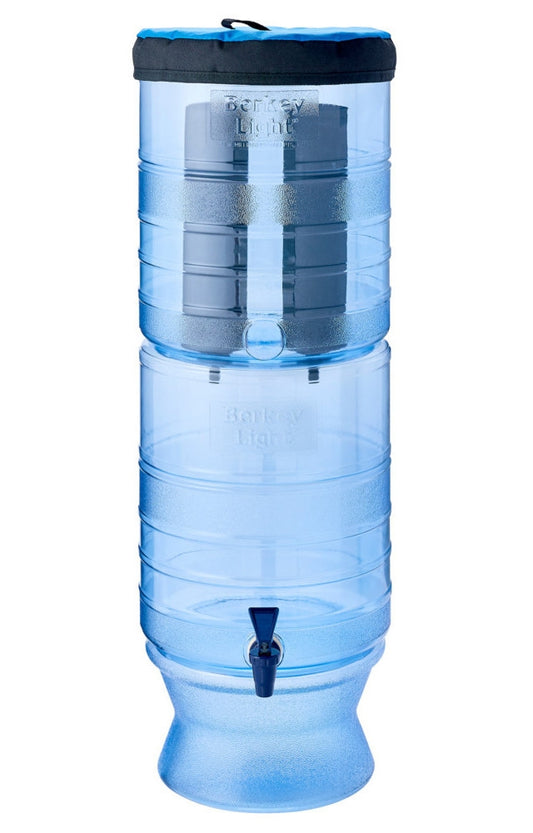
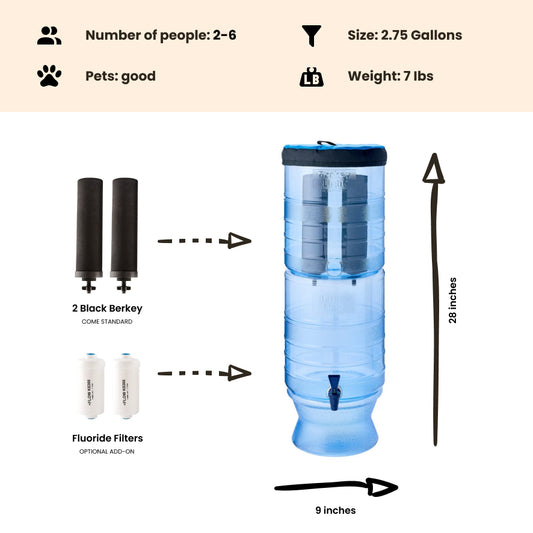 Sold outRegular price From $305.00 USDRegular priceUnit price / per
Sold outRegular price From $305.00 USDRegular priceUnit price / per -
Regular price $327.00 USDRegular priceUnit price / per
-
Regular price From $367.00 USDRegular priceUnit price / per
-
Regular price From $408.00 USDRegular priceUnit price / per
-
Regular price From $451.00 USDRegular priceUnit price / per

Dan DeBaun
Dan DeBaun is the owner and operator of Big Berkey Water Filters. Prior to Berkey, Dan was an asset manager for a major telecommunications company. He graduated from Rutgers with an undergraduate degree in industrial engineering, followed by an MBA in finance from Rutgers as well. Dan enjoys biohacking, exercising, meditation, beach life, and spending time with family and friends.
~ The Owner of Big Berkey Water Filters



